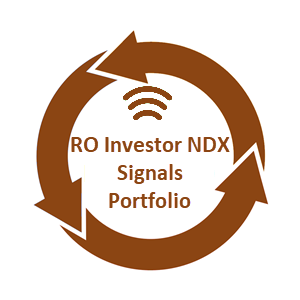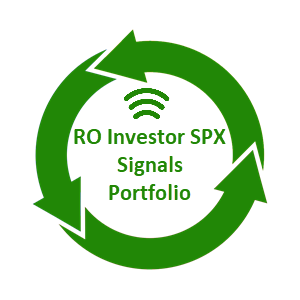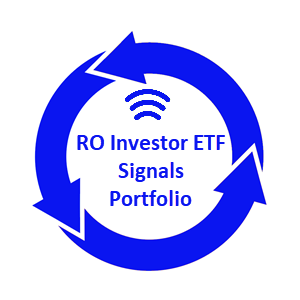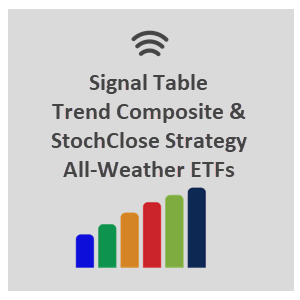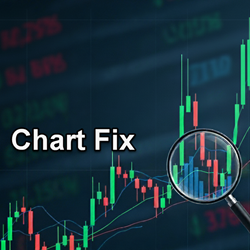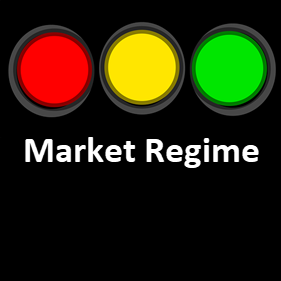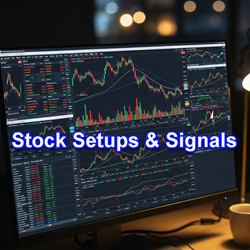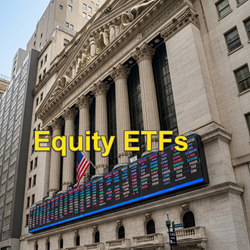This content is for subscribers. (Login or Subscribe)
Rotation Investor NDX100 – Ranking Table
This page covers the ranking table for the rotation strategy trading Nasdaq 100 stocks (RO-Investor-NDX). The ranking table includes the sector and industry for sorting to find specific groups (software, semiconductor). Table indicators include the Momentum Rank, PPO Trend (up/down), Broad Breadth Model (bull/bear), the NDX momentum indicator and the 5-day change in momentum. The default sort puts the strongest stocks at the top and each stock includes a SharpChart link.
Rotation Investor NDX100 – Ranking Table Read More »





